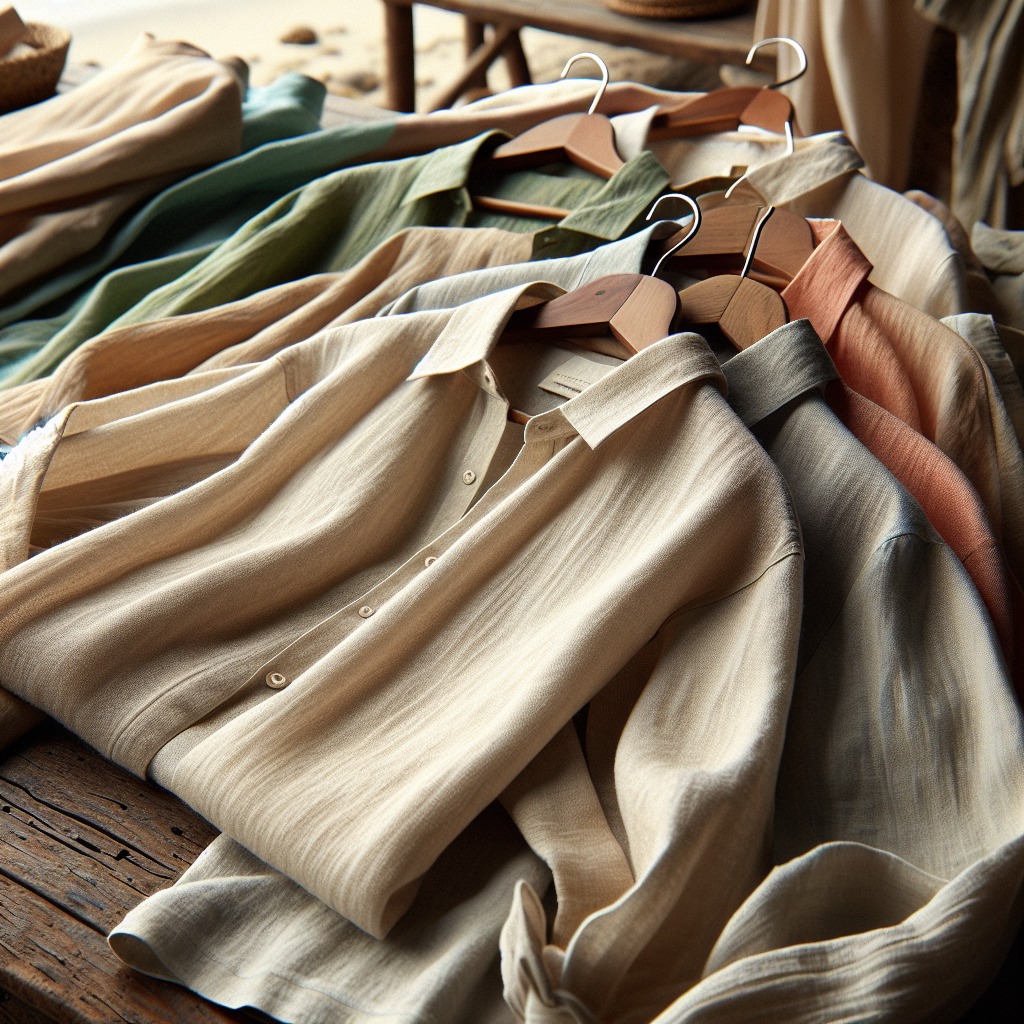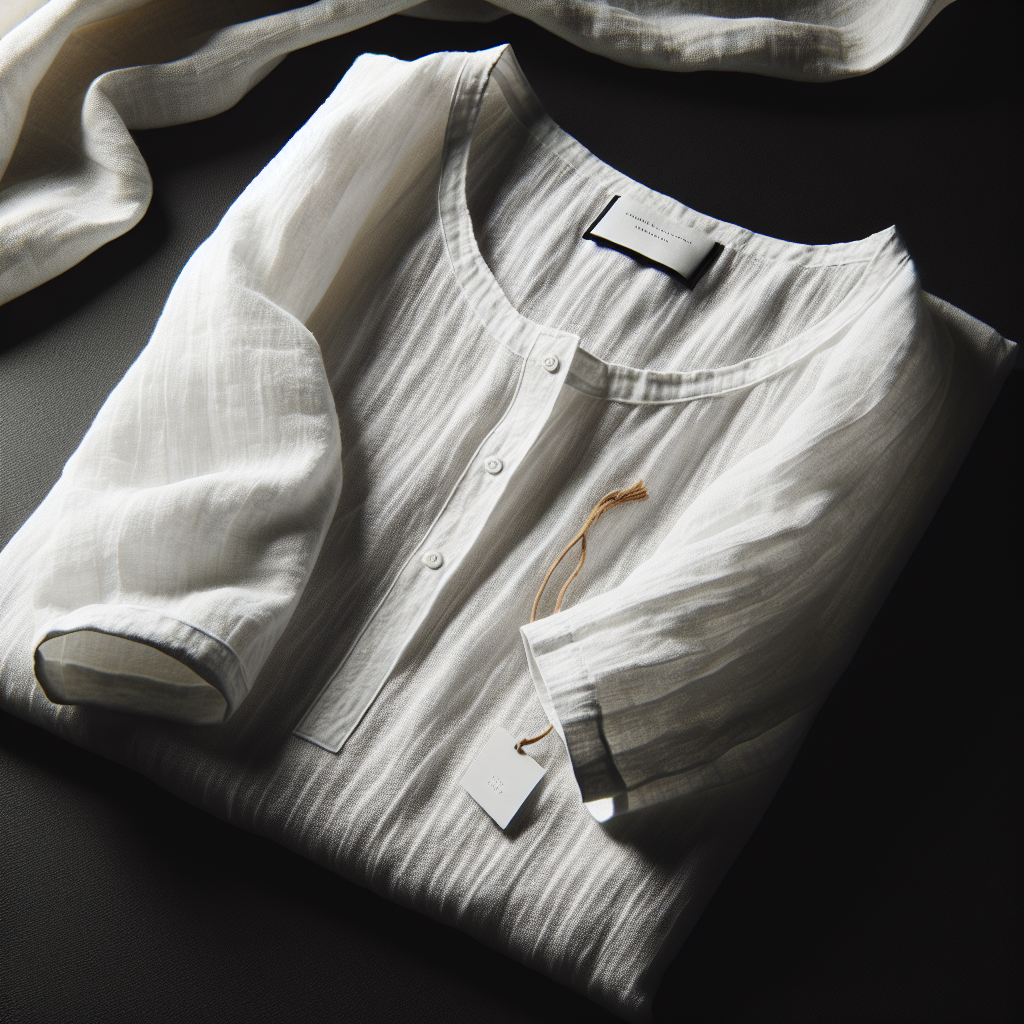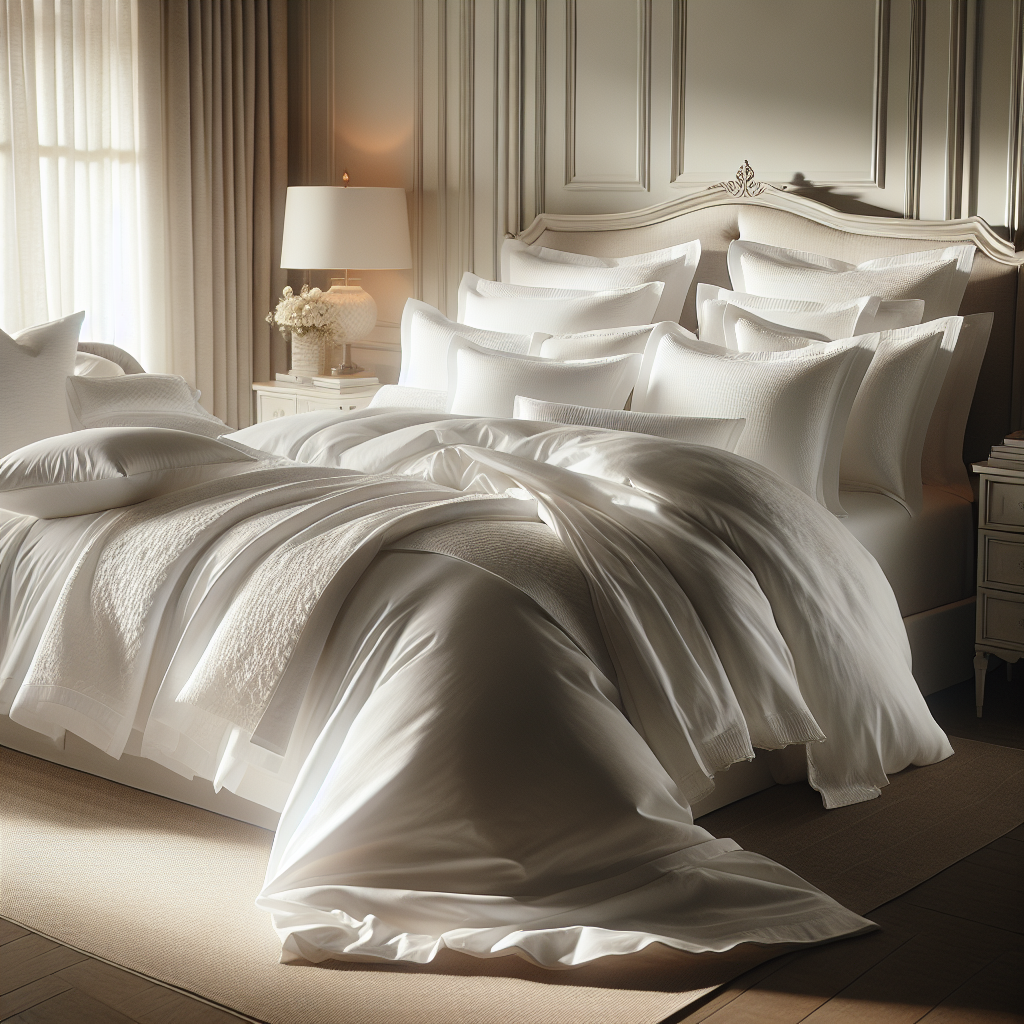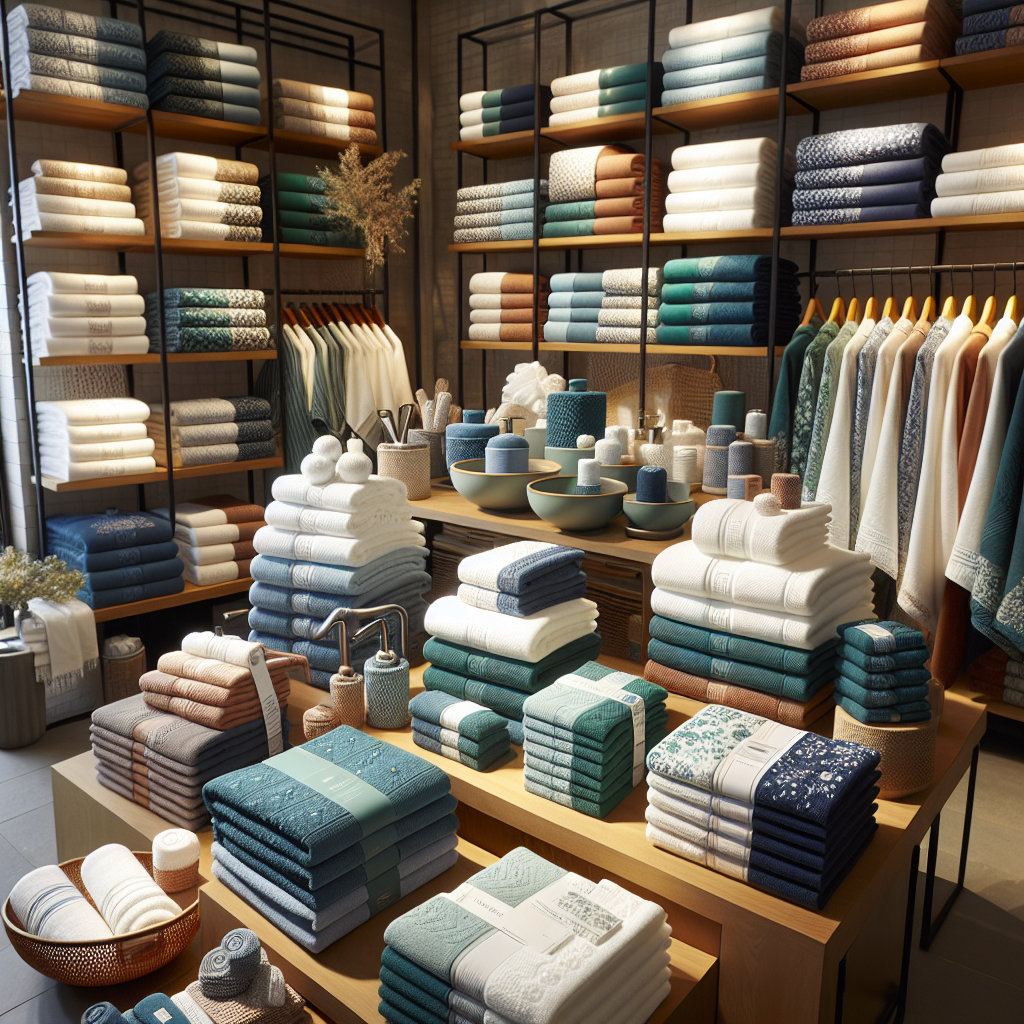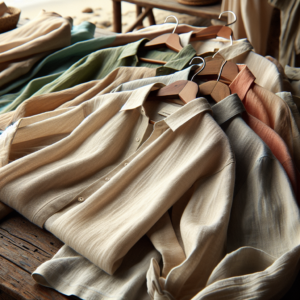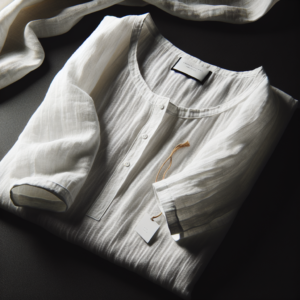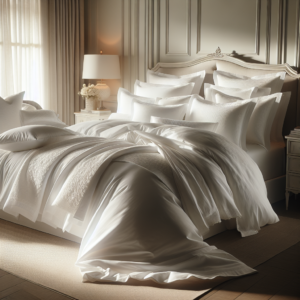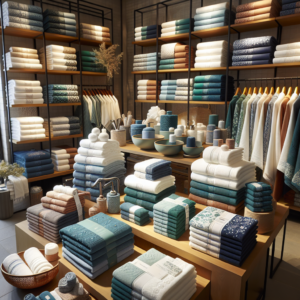The Impact of Color Psychology on Bed Linen Choices
Color is a powerful tool that can evoke emotions, influence moods, and even impact decision-making. This is especially true in the world of interior design, where color plays a crucial role in creating a desired atmosphere and aesthetic. One industry that has been greatly affected by the impact of color psychology is the bed linen industry. As consumers become more aware of the psychological effects of color, their choices in bed linen have shifted towards more intentional and purposeful selections. In this article, we will explore the impact of color psychology on bed linen choices and how it has shaped the industry.
The first thing to understand about color psychology is that different colors can elicit different emotional responses. For example, warm colors like red, orange, and yellow are associated with energy, passion, and warmth, while cool colors like blue, green, and purple are linked to calmness, tranquility, and relaxation. These associations are deeply ingrained in our minds and can greatly influence our perception of a space. When it comes to bed linen, the color choices can greatly impact the overall mood and ambiance of a bedroom.
One of the most popular colors in the bed linen industry is white. White is often associated with purity, cleanliness, and simplicity. It is a color that can create a sense of calm and serenity, making it a popular choice for bedrooms. White bed linen also has a timeless and classic appeal, making it a safe and versatile option for those who prefer a neutral color palette. However, white can also be perceived as cold and sterile, which may not be the desired effect for some individuals.
On the other hand, bold and vibrant colors like red, orange, and yellow are becoming increasingly popular in the bed linen industry. These colors are known to stimulate energy and creativity, making them a great choice for those who want to add a pop of color to their bedroom. However, these colors can also be overwhelming and may not be suitable for those who prefer a more calming and relaxing atmosphere in their bedroom.
Another trend in the bed linen industry is the use of pastel colors. Pastel colors, such as light pink, baby blue, and mint green, are often associated with softness, femininity, and youthfulness. These colors can create a delicate and soothing atmosphere in a bedroom, making them a popular choice for children’s rooms and master bedrooms alike. Pastel colors are also versatile and can be easily paired with other colors, making them a great option for those who like to change up their bedding frequently.
In recent years, there has also been a rise in the use of earthy and natural tones in bed linen. Colors like beige, taupe, and olive green are associated with nature, grounding, and relaxation. These colors can create a sense of warmth and coziness in a bedroom, making them a popular choice for those who want to create a peaceful and inviting space. Additionally, these colors are gender-neutral and can appeal to a wider audience.
In conclusion, the impact of color psychology on bed linen choices is undeniable. As consumers become more aware of the psychological effects of color, their choices in bed linen have shifted towards more intentional and purposeful selections. Whether it’s the classic appeal of white, the energy of bold colors, the softness of pastels, or the grounding effect of earthy tones, the color of bed linen can greatly impact the overall mood and ambiance of a bedroom. As the bed linen industry continues to evolve, it will be interesting to see how color psychology will continue to shape and influence consumer choices.
Trends in Color and Design for Bed Linens in the Industry

The bed linen industry has seen a significant shift in recent years, with color and design becoming increasingly important factors in consumer purchasing decisions. As a result, companies like Colour Plus Bed Linen LLC have emerged as leaders in the industry, offering a wide range of products that cater to the latest trends in color and design.
One of the most notable trends in the bed linen industry is the use of bold and vibrant colors. Gone are the days of plain white sheets and neutral tones. Consumers are now looking for bed linens that make a statement and add a pop of color to their bedrooms. This trend is evident in the success of companies like Colour Plus Bed Linen LLC, which offers a variety of bright and bold options for customers to choose from.
In addition to bold colors, there has also been a rise in the popularity of patterns and prints in bed linens. From floral designs to geometric shapes, consumers are gravitating towards bed sheets and duvet covers that feature eye-catching patterns. This trend has been embraced by Colour Plus Bed Linen LLC, which offers a wide range of patterned options to cater to the diverse tastes of their customers.
Another trend that has emerged in the bed linen industry is the use of sustainable and eco-friendly materials. With increasing awareness about the impact of consumerism on the environment, more and more consumers are looking for products that are made from sustainable materials. This trend has not gone unnoticed by Colour Plus Bed Linen LLC, which has incorporated eco-friendly materials into their product line. From organic cotton to bamboo, their bed linens are not only stylish but also environmentally friendly.
In addition to color and design, the texture of bed linens has also become an important factor for consumers. Soft and luxurious fabrics are in high demand, with customers willing to pay a premium for the ultimate comfort experience. This trend has been embraced by Colour Plus Bed Linen LLC, which offers a variety of high-quality fabrics such as Egyptian cotton and silk. These fabrics not only add a touch of luxury to the bedroom but also provide a comfortable and cozy sleeping experience.
The use of technology in the bed linen industry is also on the rise. With the advancement of technology, companies like Colour Plus Bed Linen LLC are able to offer innovative products that cater to the needs of modern consumers. For example, they offer bed linens with moisture-wicking properties, perfect for those who tend to get hot and sweaty while sleeping. They also offer bed linens with anti-microbial properties, ideal for those who suffer from allergies.
In conclusion, the bed linen industry is constantly evolving, and color and design have become crucial elements in the success of companies like Colour Plus Bed Linen LLC. With the rise of bold colors, patterns, sustainable materials, luxurious textures, and innovative technology, it is clear that consumers are looking for more than just functional bed linens. They want products that reflect their personal style and contribute to a comfortable and stylish bedroom. As the industry continues to grow and adapt to changing trends, companies like Colour Plus Bed Linen LLC will continue to lead the way in providing customers with the latest and most desirable bed linen options.
How Colorfastness and Dyeing Techniques Affect the Quality of Bed Linens
When it comes to purchasing bed linens, there are a few key factors that most consumers consider – thread count, material, and of course, color. While thread count and material are important for determining the overall quality and feel of the bed linens, the color is often what catches the eye and draws us in. However, what many people may not realize is that the color of bed linens is not just for aesthetic purposes, but it also plays a crucial role in the overall quality of the product. This is where colorfastness and dyeing techniques come into play.
Colorfastness refers to the ability of a fabric to retain its color when exposed to various external factors such as light, water, and washing. In the case of bed linens, colorfastness is a crucial factor as these products are used daily and are often subjected to frequent washing. The last thing anyone wants is for their once vibrant and beautiful bed linens to fade after just a few washes. This is where the dyeing techniques used by manufacturers come into play.
There are various dyeing techniques used in the textile industry, each with its own advantages and disadvantages. The most common techniques used for bed linens are piece dyeing and yarn dyeing. Piece dyeing involves dyeing the entire fabric after it has been woven, while yarn dyeing involves dyeing the individual yarns before they are woven into the fabric. Both techniques have their own benefits, and the choice of which one to use depends on the desired end result.
Piece dyeing is a cost-effective and efficient method of dyeing large quantities of fabric. It allows for a wide range of colors to be achieved and is often used for solid-colored bed linens. However, one of the drawbacks of piece dyeing is that the color may not penetrate the fabric evenly, resulting in a slightly uneven color distribution. This can be especially noticeable in lighter colors. Additionally, piece-dyed fabrics may be more prone to fading over time, as the dye is only on the surface of the fabric.
On the other hand, yarn dyeing involves dyeing the individual yarns before they are woven into the fabric. This allows for more control over the color distribution and results in a more even and vibrant color. Yarn-dyed fabrics are also less prone to fading as the color is embedded into the yarn itself. However, this method is more time-consuming and expensive, making it less commonly used for bed linens.
Another factor that affects the quality of bed linens is the type of dye used. There are two main types of dyes – natural and synthetic. Natural dyes are derived from plants, insects, and minerals, while synthetic dyes are chemically produced. Natural dyes are known for their eco-friendliness and non-toxic properties, making them a popular choice for those looking for more sustainable options. However, they may not be as colorfast as synthetic dyes and may fade over time. Synthetic dyes, on the other hand, are known for their vibrant and long-lasting colors. However, they may contain harmful chemicals and are not as environmentally friendly.
In conclusion, the colorfastness and dyeing techniques used by manufacturers play a crucial role in the quality of bed linens. Consumers should consider not only the color but also the dyeing technique and type of dye used when making their purchase. By understanding these factors, consumers can make more informed decisions and ensure that their bed linens not only look beautiful but also maintain their color and quality over time.

